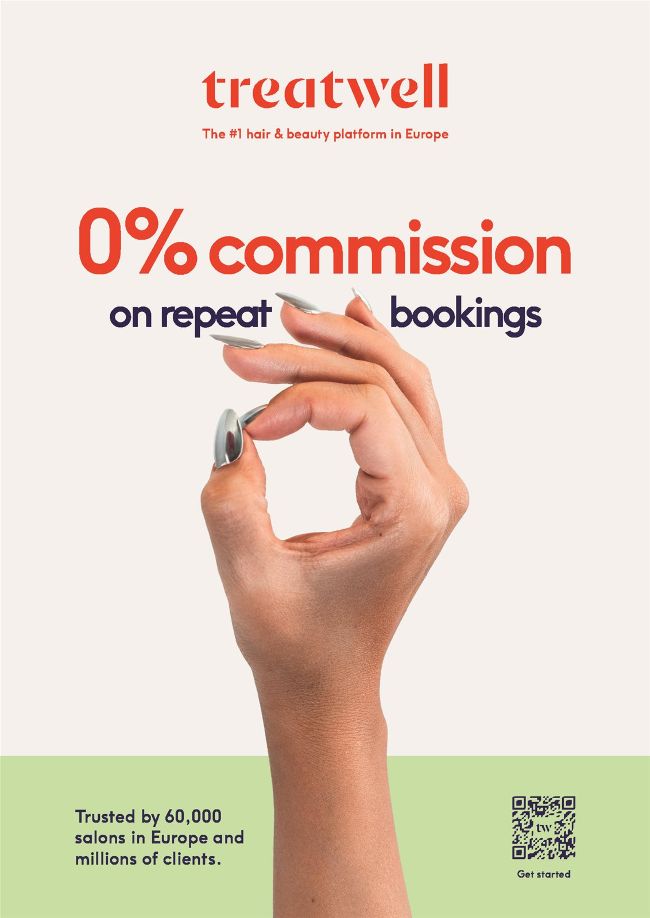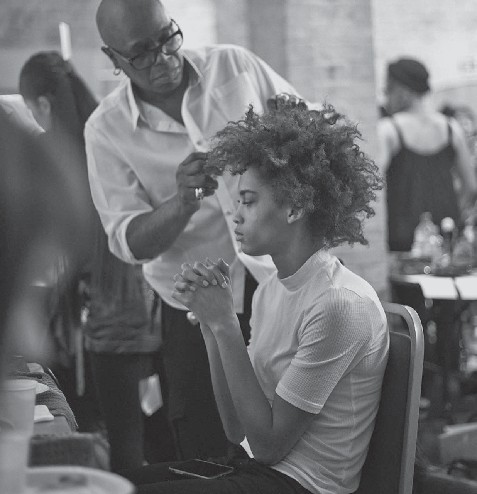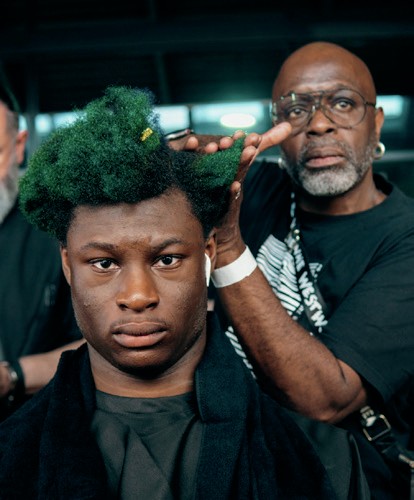HJ CAREERS
ADVENTURES OF AN INSPIRATIONAL ICON
Randolph Gray has had nothing short of a varied career. From working with Naomi Campbell and Beyoncé, to teaching disadvantaged people hairdressing, he tells all
Randolph Gray always wanted to follow in his mum’s footsteps and become a hairdresser but after leaving school with no qualifications, he fell into electrical engineering for 13 years before eventually starting his hairdressing journey. “Most of my friends were hairdressers and I used to choreograph their shows for the Eclipse School of Hairdressing. They then trained me up to be a hairdresser and I’ve never looked back.”
From there, Randolph worked in various salons, working his way up, before he landed himself a role in Windle Salon in Covent Garden. “It was amazing working in Covent Garden, but I had to retrain to up my standard of hairdressing. In that salon I met Eugene Souleiman, we became friends and I became part of his team.”

From New York and London to Paris and Milan, Randolph travelled to work on various shows for Fashion Week, working with the likes of Angelo Seminara and Duffy until he got headhunted by Revlon Professional and spent 19 years travelling back and forth to Africa. “We opened up a school in Nairobi and trained people from disadvantaged backgrounds to become hairdressers. We took people who really didn’t have anything else in their life or any way of earning a living and we trained them until they got a European recognised qualification and became hairdressers,” he tells us. Now, working freelance, Randolph’s career has been nothing short of amazing as he tells us stories of when he was Naomi Campbell’s hairdresser, the surprising moment he was asked to style Beyoncé’s tresses, and assisted working with Madonna on her film ‘Filth and Wisdom’.

When asked what advice he would give to someone looking to progress from the salon, it’s clear the key lies with assisting. “Salon hairdressing is not what you do on shoots, you have to break out of the salon mentality. Do what’s required, be flexible, and be open to criticism – it’s not personal. For example, you’re on a shoot, you look at the moodboard, you have an idea in your head. But what you’ve got in your head may not be what is in the producer’s head. You’re all working to produce a look. They’re hiring you for your skill and you have to be willing to adapt.” But it’s also about having the confidence to ask direct questions from the start. “Sometimes they allow you freedom and ask you to express yourself, but in my experience it’s rarely true. In those situations, you have to be thorough in your communication because if you present a look and they don’t like it, whatever you’ve done you’ve now got to undo. Something I learned from Eugene is use as little product as possible but as much as necessary because a lot of the times you have to change the hair.” And whatever happens, he tells us: “Don’t lose your cool, it’s just not worth it. Do your best and it pays to be patient because people will recognise that.”

What’s next for Randolph? “More session work, I have a small clientele I’m happy with, and just helping out friends. I’m quite happy being more in the background, I’ve done my things – it’s nice to know I’ve helped out and made a difference to somebody’s life. Hairdressing has been the best thing that’s ever happened to me.”